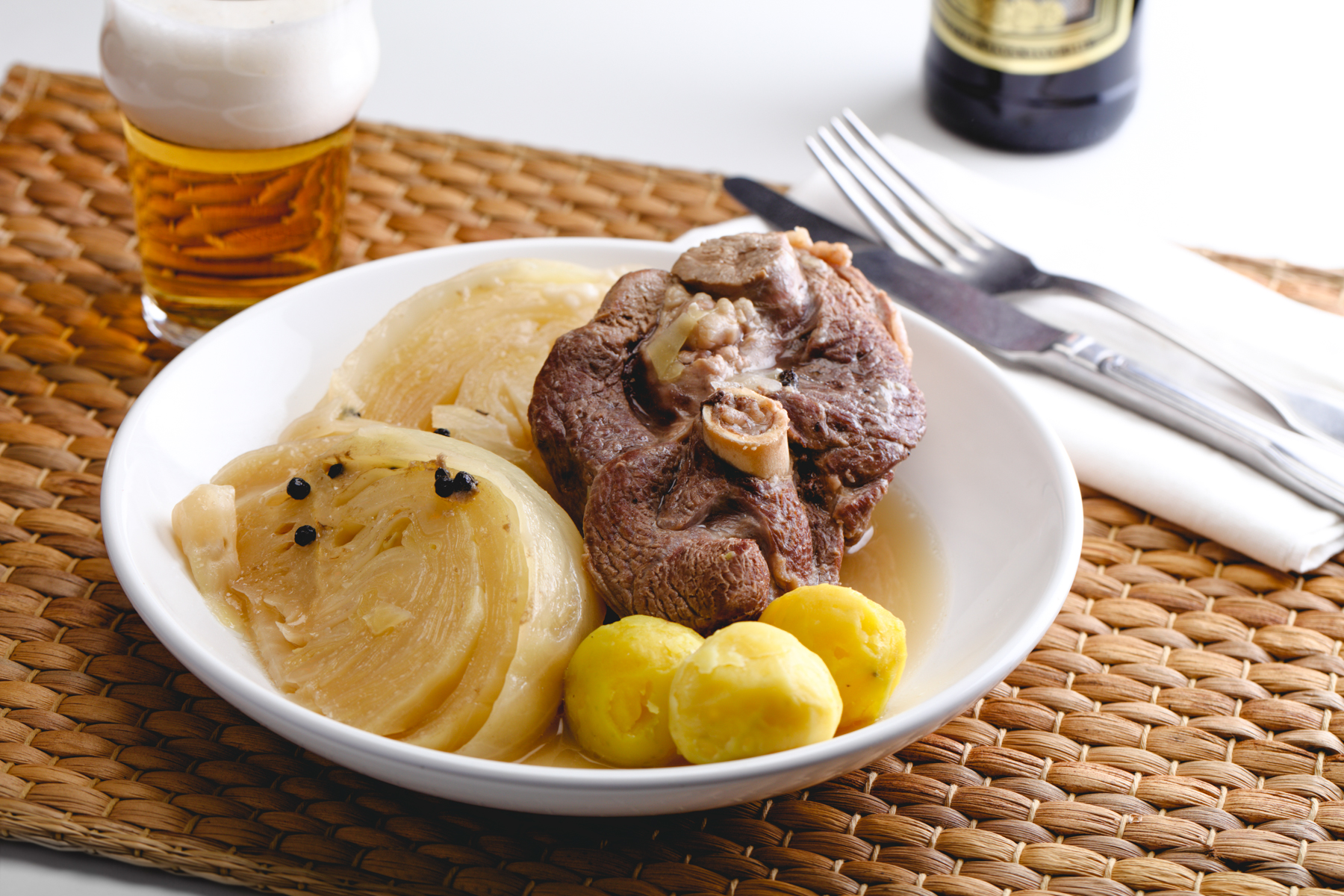Introduction to Norwegian cuisine
Norwegian cuisine is based on fresh, locally sourced ingredients. With its proximity to the sea, seafood is an important part of Norwegian cuisine. Meat, dairy products, and grains are also commonly used in traditional Norwegian dishes. Norwegian cuisine has a strong influence from the country’s harsh climate and long winters, with dishes designed to provide sustenance during the cold months.
Main ingredients in traditional Norwegian cuisine
Fish and seafood are central ingredients in Norwegian cuisine, with salmon and cod being particularly popular. Other meats commonly used include lamb, beef, and reindeer. Dairy products such as butter, cheese, and sour cream are also widely used, as are potatoes and root vegetables. Rye bread is a staple of Norwegian cuisine, often served with fish or meat dishes.
Popular Norwegian dishes
One of the most famous Norwegian dishes is “Fårikål,” a lamb and cabbage stew that is typically served in the autumn months. “Pinnekjøtt,” which is made from salted and dried lamb ribs, is a popular Christmas dish. “Kjøttkaker,” or meatballs, are another classic Norwegian dish, often served with boiled potatoes and lingonberry sauce.
Smalahove: A unique Norwegian dish
“Smalahove” is a traditional Norwegian dish that is not for the faint of heart. It consists of a sheep’s head that has been salted, dried, and boiled. The dish is typically served with potatoes and rutabaga and is considered a delicacy in some parts of Norway.
Lutefisk: A quintessential Norwegian dish
Lutefisk is another classic Norwegian dish, made from dried whitefish that has been soaked in lye and then cooked. It is typically served with boiled potatoes, peas, and bacon. Lutefisk is particularly popular in the northern parts of Norway and is often served during the Christmas season.
Desserts and pastries in Norwegian cuisine
Norwegian cuisine is also known for its desserts and pastries. “Krumkake,” a thin, crispy waffle cookie, is a popular treat often served during the Christmas season. “Lefse,” a soft flatbread often filled with butter, sugar, and cinnamon, is another classic Norwegian pastry. “Rømmegrøt,” a sour cream porridge, is a traditional Norwegian dessert that is often served with sugar and cinnamon.
In conclusion, Norwegian cuisine reflects the country’s natural resources and traditions. With its emphasis on fresh, locally sourced ingredients and hearty, warming dishes, Norwegian cuisine is perfect for cold winter months. So if you’re ever in Norway, be sure to try some of these classic dishes to get a taste of authentic Norwegian cuisine.

